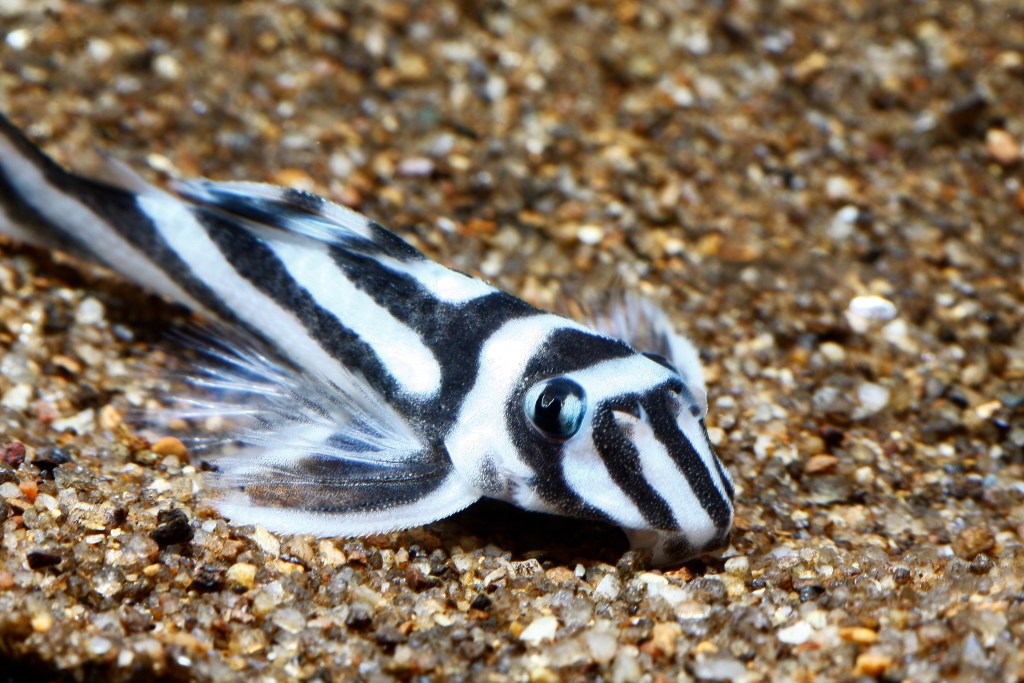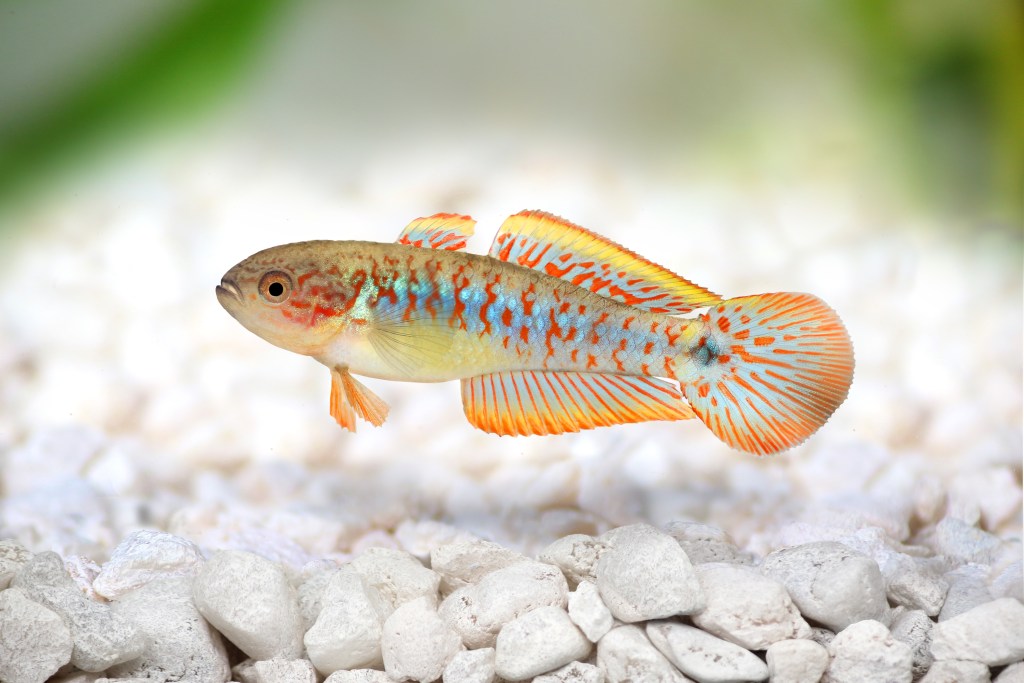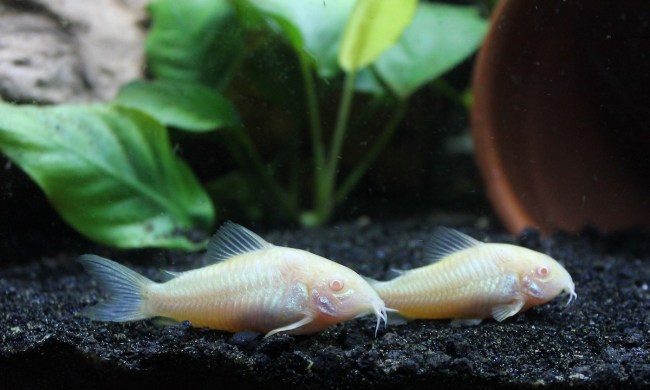We all know it: Once you get your first tank, you get hooked. One minute, you bring home a betta, and the next you have multiple aquariums (both fresh and salt) and subscribe to every aquarist forum you can find. While you might blow through the basics in the first few months, there are so many ways to expand your underwater empire. In particular, lots of fish and even other aquatic life will take your ecosystems to the next level. Which unusual aquatic life should you choose? Of course, it depends greatly on what you already have and where your interests lie, but we have a couple of recommendations that go well with nearly any marine museum.

What are some unusual aquarium animals?
It’s normal to want to expand to exotic tank-dwellers, especially once you have a really good handle on the usual suspects. One option is to look at a few good non-fish species, such as snails, crabs, and shrimp. Seahorses, while technically fish, can also add a ton of pizzaz to aquatic housing though they have a few very particular needs that you’ll want to take into account before bringing any into your system. Most importantly, ensure you have the correct parameters in place for the additions because you certainly don’t want to put an unhappy animal into the mix.
How do I know if my next aquarium find will thrive?
If you have a bunch of aquariums, it’s easy to separate each one into its own habitat. By this, we mean that you can adjust the chemical composition and temperature one way or the other to create an ideal environment specifically for the creatures in that tank. So when you want to add something new, you select the correct conditions and you know right away that it should work out. However, you do need to make sure that you always quarantine any new inhabitants and that you only put in one at a time (or a school if necessary). Lastly, you need to take into account the various personalities of the occupants. You certainly don’t want to include a fish that will wind up becoming a predator or prey. You’ll have to keep all of this in mind when you pick your next pet.
What species can I add to my aquarium next?
It’ll depend on what you already have and what you’re looking for, but we have a couple of recommendations for the adventurous aquarist looking to bring a new guy to their school.

Zebra pleco
The zebra pleco isn’t your everyday catfish. You’ll love his incredible appearance that looks something like a zebra with stripes going in both directions. The minuses here are that only a pro can take on this shy friend and they’ll set you back a few hundred dollars. But under the right circumstances, you should jump at the opportunity to own such a striking creature.
American flagfish
This gorgeous fish will stop you in your tracks once you add him to your tank. The males in particular exhibit the coloration of a flag, hence the name. They’re a bit curious and want places to hide, so you’ll need a setup that allows for some alone time. They work well with little fish like guppies and tetras.
Red Bulu point
While these guys have taken the underwater-lovers world by storm, you don’t really want to jump on the trend just for the sake of it. Though much more mellow than some species of cichlid, they still require specialized care and come with a hefty price tag. Unlike many of the fish on this list, you will likely set up a species-only tank for this crew, keeping a group of about 10 total, heavy on the females.

Peacock gudgeon
Another brightly colored fish, you want to pair these with other chill breeds such as gouramis or rasboras. And you can’t really keep just one. Instead, you need a couple of females and a male to reduce fighting. Like the flagfish, this species also needs some hidey spots and loves places with live plants.
Any time you add another animal to your household, you want to be certain that you’re ready for it. When it comes to aquariums, that means making sure you never overfill a tank and that the fish all get along. Also, check carefully to confirm that your newest swimmers come from reputable breeders who have cared for them well. You don’t want to bring someone in who’s unhealthy and might have contagious diseases. When done right though, exotic aquarium dwellers will spice up your home and your life.



